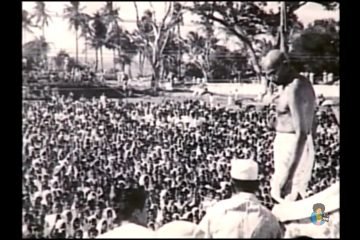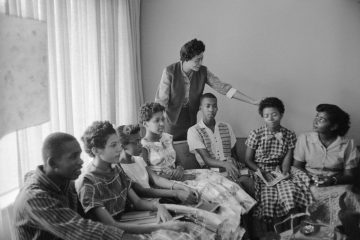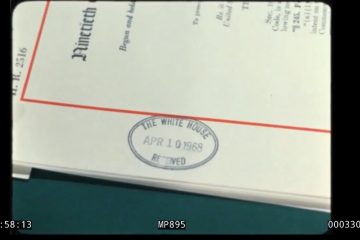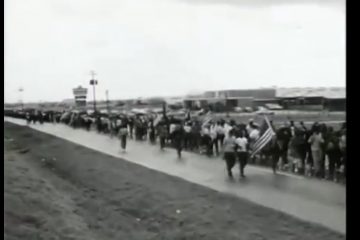How Civil Disobedience Helps Overcome Oppression: Part 15
“Howard University’s Demand”
When Rosa Parks refused to give her seat up for a White man, a new movement came that focused on “integration.”
That was 1955.
10 years later, that movement evolved from integration to Black identity and Black power. Howard University’s students knew that, but their school administration didn’t follow with the times. They felt Blacks should be the “best” in White society.
In fact, by the 1960s more than half of America’s Black doctors and lawyers came from Howard, giving it the nickname “the Black Harvard.”
But students didn’t just want to “be Black in a White society”. They wanted a truer sense of themselves. And they want to be heard.
So in March 1968, about 1,000 students entered Howard’s administration building and staged a sit-in. They wouldn’t leave until their demands were met: Their president’s resignation, a better way to discipline the students (instead of the “you’re kicked out if you get out of line, no questions asked” approach), an emphasis on African-American history and culture in their curriculum, and charges dropped against students who staged a protest weeks earlier on campus.
Five days later, most of their demands were met. A deal was agreed upon, and the takeover was finished.
It was pretty much a success, and Howard U is still one of the top HBCUs (and overall universities) today.
View Part 16 here.
View Part 14 here.
—
**About this series:
We’re showing a multi-part series on how CIVIL DISOBEDIENCE has been the main catalyst that has overcome oppression in the U.S.













